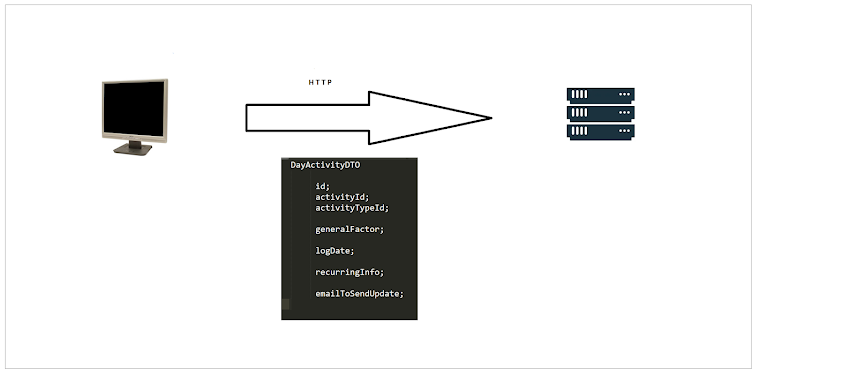Improve the performance of our Angular frontend app, using Lighthouse plugin of Chrome's DevTools:

SERVE STATIC ASSETS WITH EFFICIENT CACHE POLICY
HTTP Caching
- Edit HTTP response's cache-control / max-age to a bigger number
- Edit HTTP response's cache-control / max-age to a bigger number
- Verify in Inspect/Network tab, that images are cached (from memory cache)
See https://web.dev/uses-long-cache-ttl/
See https://web.dev/uses-long-cache-ttl/
Angular-level caching
- Create an ImageService that:
- Stores images' blobs in array of url/blob objects
- Retrieves images from this array, if already stored there
- Stores images' blobs in array of url/blob objects
- Retrieves images from this array, if already stored there
Method-level caching with ngx-cacheable
- Use cacheable decorator to:
- Retrieve objects from cache (@Cacheable)
- Retrieve objects from cache (@Cacheable)
- Update cache when saving/updating function runs (@CacheBuster)
Check all "Show 3rd-party resources" points, and see if they are time-consuming.
Consider refactoring these 3rd parties' packages
Consider refactoring these 3rd parties' packages
Debounce your input handlers
- Using input handlers / animations can slow your app's responses
- In order to diagnose this,
- Run Performance test in Performance tab (or click View Trace in Lighthouse tab)
- Search for "Recalculate Style" or "Forced Reflow" signs, like below:
See https://developers.google.com/web/fundamentals/performance/rendering/debounce-your-input-handlers
Use web workers
- Relief main thread's work, with web workers
- Using these, some chosen actions/methods will execute on another thread.
- First, we pass data from DOM/main thread to Worker thread (worker.postMessage(data))
- Then, worker does the heavy job
- Then, worker does the heavy job
- Finally, worker passes data from worker's thread to DOM/main thread(postMessage(data))
MINIMIZE MAIN BUNDLE SIZE
Remove imports of large CSS files (e.g. styles.scss) in SCSS/CSS files of all components.
Refactor former ones to smaller files, and then import in each component.
IMPROVE IMAGES/MEDIA FETCHING
Avoid multiple calls for media assets for every component or request.
Have a centralized service for this task.




